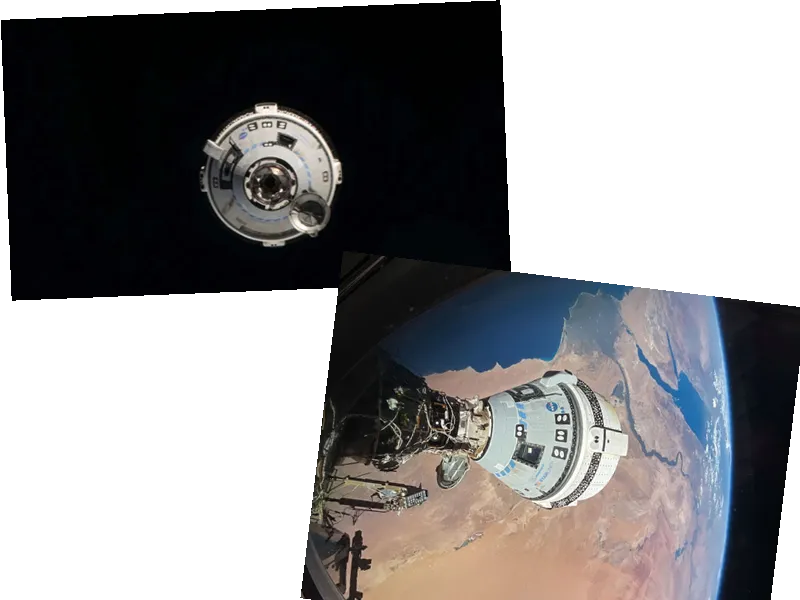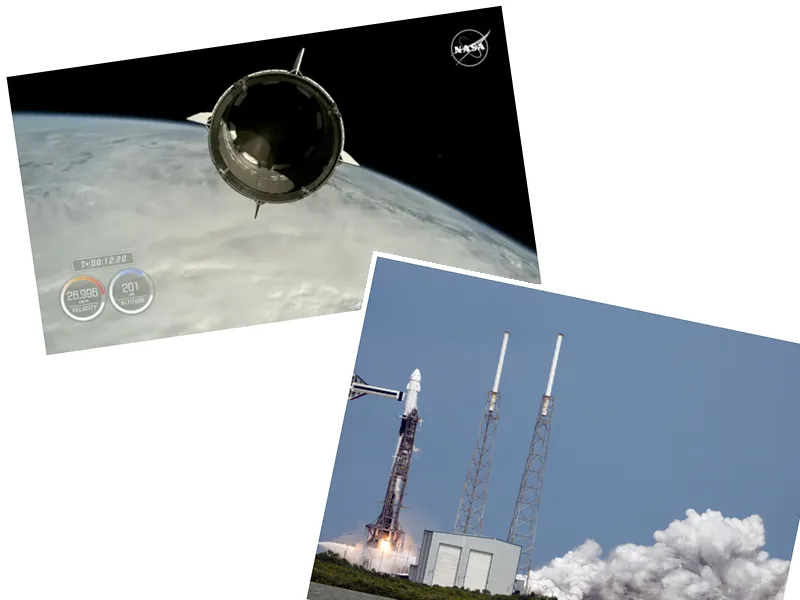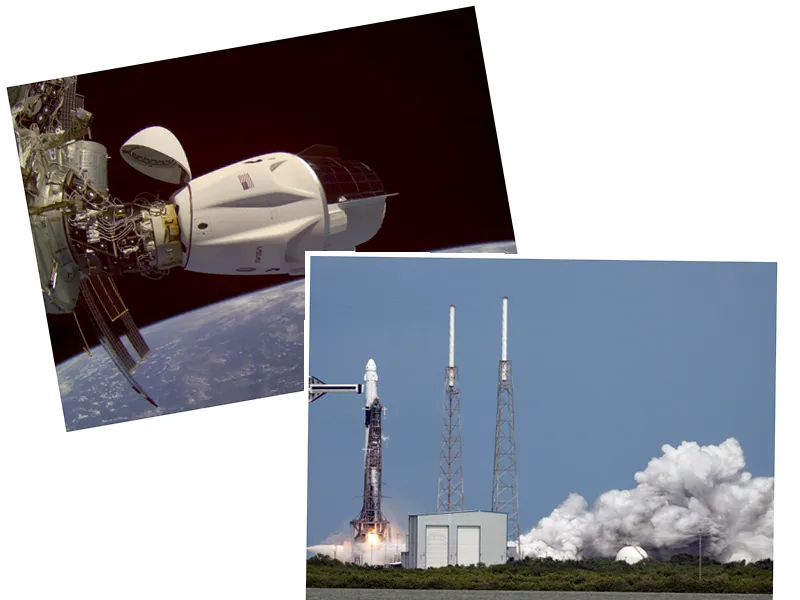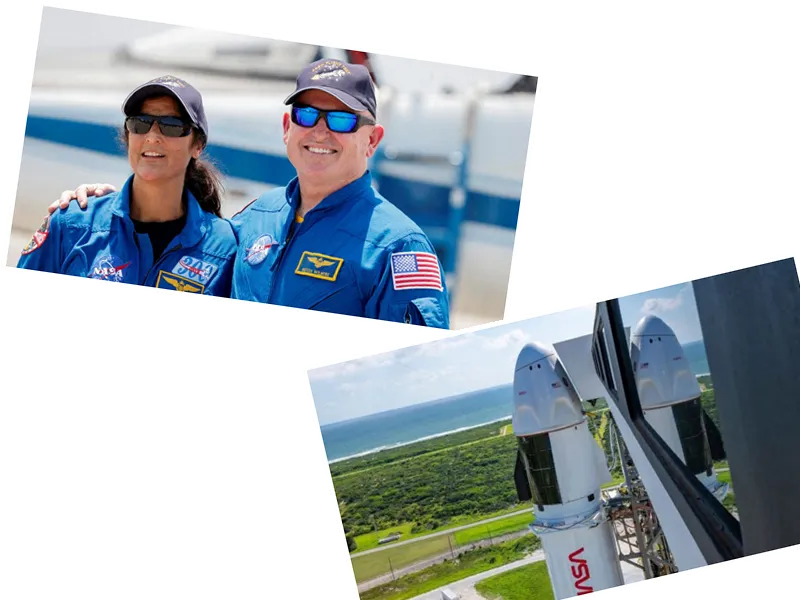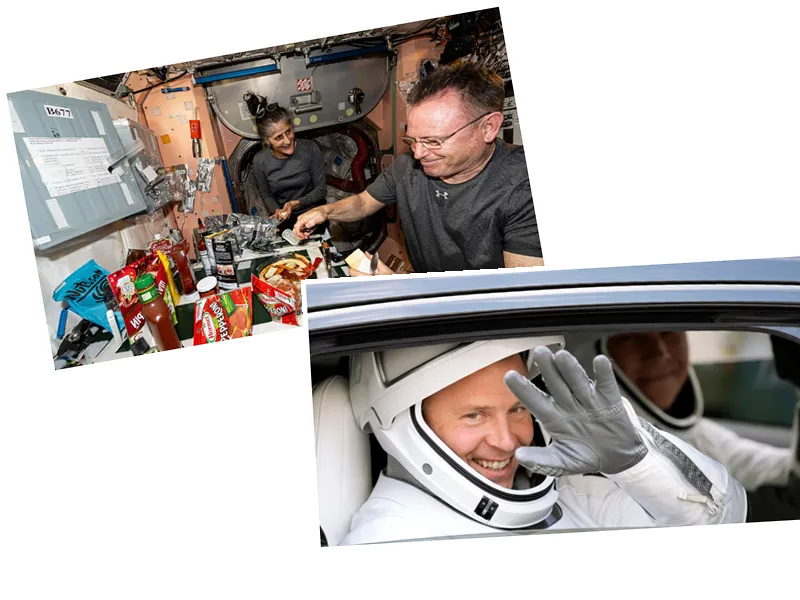Boeing's Starliner Faces Technical Challenges on ISS Mission
The Boeing spacecraft Starliner has encountered multiple technical issues during its current mission to the International Space Station (ISS). Originally scheduled for a brief stay, the spacecraft's crew, consisting of astronauts Suni Williams and Butch Wilmore, will now remain on the ISS for several weeks to address these problems. The primary concerns include multiple helium leaks and the failure of several small thrusters during the approach maneuver to the ISS.
Extended Stay for Starliner Crew
NASA has postponed the return dates of the Starliner crew from the initial plans of June 18 and June 26, with the return now expected sometime in July. According to NASA manager Steve Stich, the agency is incorporating data into their decision-making process to manage the small helium system leaks and thruster performance issues. Additionally, NASA has emphasized that there is no rush for the Starliner crew to return to Earth, as there are sufficient supplies on the ISS, and the station's schedule can accommodate the two astronauts until mid-August.
Comparison with SpaceX's Crew Dragon
The situation with the Starliner has drawn comparisons to the first manned flight of SpaceX's Crew Dragon to the ISS in 2020. While the Crew Dragon also underwent an exhaustive review before its return, it did not face the same level of technical issues. The Starliner, which is only certified to remain docked with the ISS for 45 days, aims to compete with SpaceX's Crew Dragon for regular transportation to space. However, the ongoing issues and delays cast doubt on when the Starliner will achieve certification for six-month space missions, a milestone essential for Boeing's commercial spacecraft to fulfill its promises of regular flights.
- NASA and Boeing have ruled out the return of the Starliner spacecraft in the next two weeks as they continue to analyze the failures detected during docking with the ISS. The spacecraft, named Calypso, arrived at the ISS on June 6, with the initial plan for an eight-day stay. However, due to the technical issues, the crew will now spend at least a month on the ISS.
- NASA has reassured that the Starliner crew is not 'stranded' on the ISS. In case of an emergency, the spacecraft can be used to return to Earth at any time. The delay allows NASA and Boeing to collect as much data as possible before the service module, which has the propulsion issues, burns up in the Earth's atmosphere upon return.
- Despite the setbacks, NASA and Boeing are optimistic about the mission. The feedback from the crew has been positive, and the data collected will help improve future missions. The Starliner is partially reusable, with the capsule capable of being used for up to 10 missions, although it faced issues in its previous test flight as well.
